Applied science
Combining computer science with physics and biology to create breakthroughs that help the world.
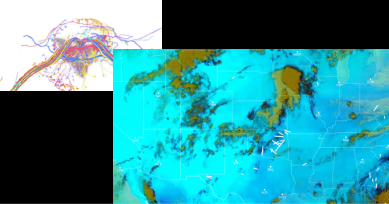
Applied science

About the team
Computer science and natural science are complementary: breakthroughs in one can lead to remarkable advances in the other. The goal of the Applied Science organization at Google is to cross-fertilize these two fields. There are four main efforts in Applied Science: Quantum Computing, Google Accelerated Science, Climate and Energy, and Scientific Computing Tools.
Quantum Computing uses advances in applied physics to push the state-of-the-art in computation. Google Accelerated Science and Climate and Energy do the opposite: they use the latest advances in machine learning and artificial intelligence to accelerate progress in natural sciences, including societally-important areas such as biomedical research and zero-carbon energy sources. Finally, we supply Scientific Computing Tools such as Colab to many internal groups to enhance their data and machine learning productivity.
Team focus summaries
The Climate & Energy team is exploring how to use large-scale computing and machine intelligence to diminish or avoid climate disruption. We partner with fusion companies to accelerate the progress of commercially viable fusion, model techno-economic scenarios for decarbonization, research new techniques for carbon sequestration, and look for novel ways to improve our understanding of earth's ecosystem response to climate change.
The physics team seeks to combine advances in machine learning and other Google technologies to advance our understanding of the physical world. Current projects range from machine learning for scientific computing, developing efficient algorithms for solving nonlinear partial differential equations, applying differentiable algorithms to interpret microscopy data, enabling microscopy on phones, and building algorithms for understanding dysarthric speech.
The Quantum AI Lab is building quantum processors and algorithms to dramatically accelerate computational tasks for machine intelligence. We are developing quantum algorithms with a particular focus on those which can already run on today’s pre-error corrected quantum processors. Quantum algorithms for optimization, sampling, and quantum simulation hold the promise of dramatic speedups over the fastest classical computers.
Featured publications
Highlighted work
-
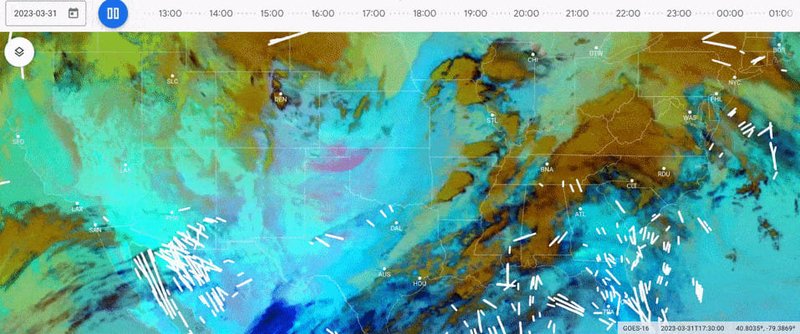 Project ContrailsLeveraging computer vision to build a cost-effective and scalable method for helping to mitigate aviation’s climate impact.
Project ContrailsLeveraging computer vision to build a cost-effective and scalable method for helping to mitigate aviation’s climate impact. -
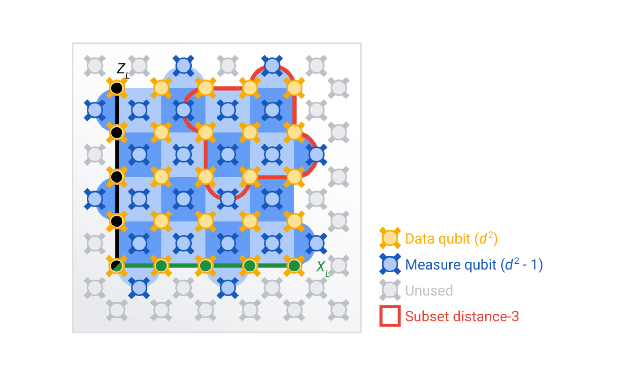 Suppressing quantum errors by scaling a surface code logical qubitLarge-scale quantum computer development requires qubits with much lower error rates. Our latest results demonstrate a logical qubit prototype, a milestone on the path toward scalable fault-tolerant quantum computing.
Suppressing quantum errors by scaling a surface code logical qubitLarge-scale quantum computer development requires qubits with much lower error rates. Our latest results demonstrate a logical qubit prototype, a milestone on the path toward scalable fault-tolerant quantum computing. -
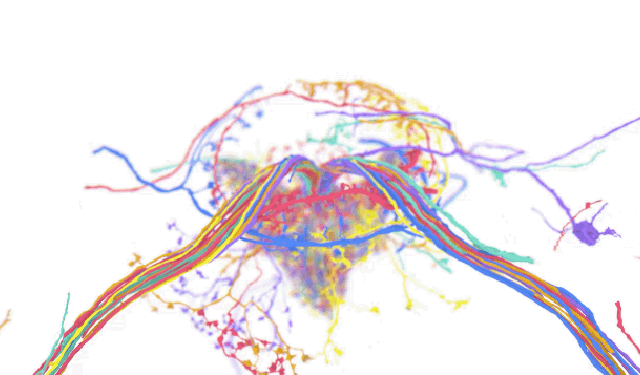 TensorStore for High-Performance, Scalable Array StorageTensorStore, a library designed for storage and manipulation of n-dimensional data, addresses key engineering challenges in scientific computing through better management and processing of large peta-scale datasets and creation of LLMs, such as PaLM.
TensorStore for High-Performance, Scalable Array StorageTensorStore, a library designed for storage and manipulation of n-dimensional data, addresses key engineering challenges in scientific computing through better management and processing of large peta-scale datasets and creation of LLMs, such as PaLM. -
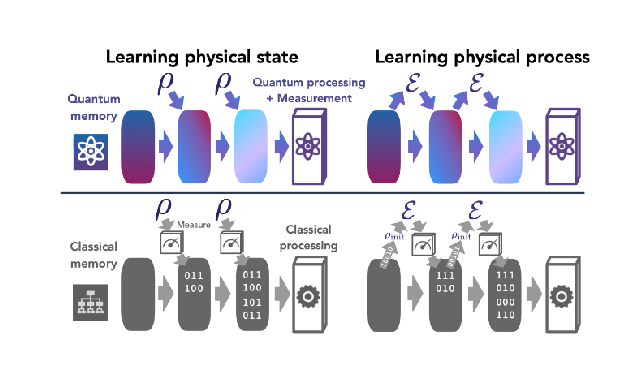 Quantum Advantage in Learning from ExperimentsQuantum technology promises to revolutionize how we learn about the physical world. Researchers have shown that quantum ML algorithms can perform exponentially better than classical learning algorithms at many tasks.
Quantum Advantage in Learning from ExperimentsQuantum technology promises to revolutionize how we learn about the physical world. Researchers have shown that quantum ML algorithms can perform exponentially better than classical learning algorithms at many tasks.
Some of our locations
Some of our people
-
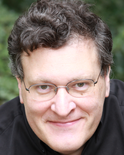
John C. Platt
- General Science
- Machine Intelligence
- Quantum Computing
-

Jason Miller
- General Science
- Machine Intelligence
-
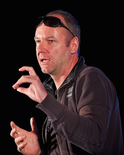
Hartmut Neven
- Hardware and Architecture
- Human-Computer Interaction and Visualization
- Algorithms and Theory
-
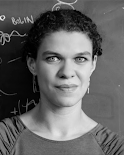
Marissa Giustina
- General Science
- Quantum Computing
-
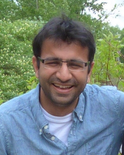
Varun Gulshan
- General Science
- Machine Intelligence
- Machine Perception
-
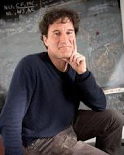
Michael P Brenner
- General Science
- Machine Intelligence
- Health & Bioscience
-

Abe Asfaw
- Education Innovation
- Hardware and Architecture
- Quantum Computing
-

Christopher H Van Arsdale
- Economics and Electronic Commerce
- General Science
- Distributed Systems and Parallel Computing
-
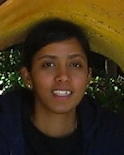
Subhashini Venugopalan
- General Science
- Machine Intelligence
- Machine Perception




